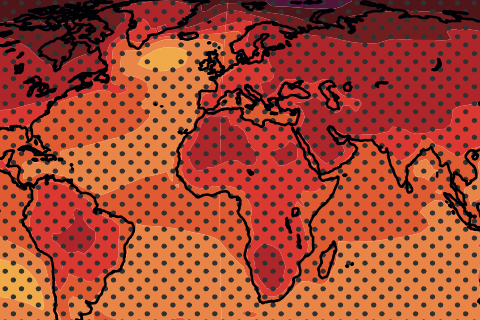
Considering some locations experience temperature swings of 30°F or more in a single day, warming of 1.8°F (1°C) might seem small, but Earth's annual temperatures are very stable when climate isn't changing.

Considering some locations experience temperature swings of 30°F or more in a single day, warming of 1.8°F (1°C) might seem small, but Earth's annual temperatures are very stable when climate isn't changing.
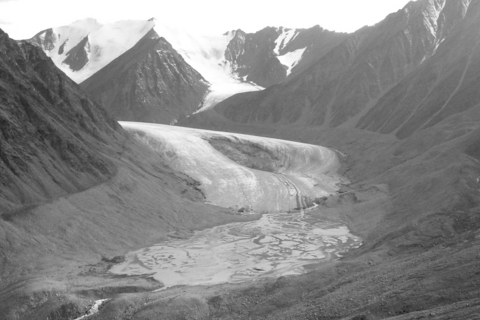
Our global historical temperature records undergo rigorous quality control and independent peer review. Plus, the proof Earth is warming is practically everywhere you look.
Differences in exposure to sunlight, cloud cover, atmospheric circulation patterns, and other factors influence whether and how much a location is warming or cooling.
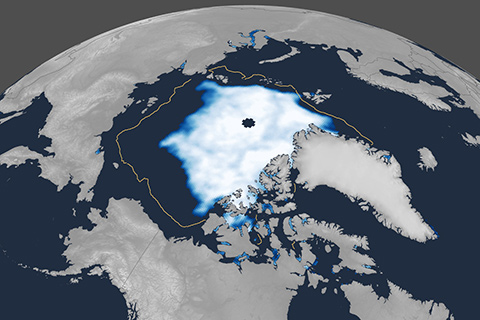
In 2019, the area of the Arctic Ocean where the summer sea ice cover was at least 15 percent tied with 2007 and 2016 as the second-smallest on record.
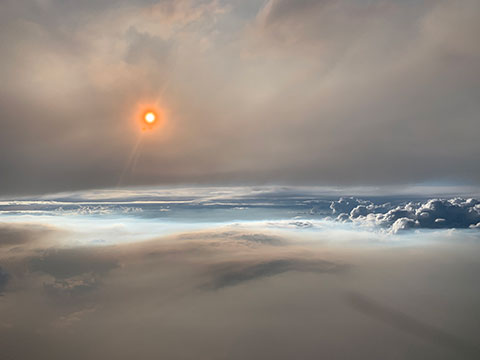
If you missed our August 29 tweet chat, here's the transcript. Read what the fire and smoke experts had to say about the FIREX-AQ field campaign and its mission to study what's in the smoke from wildfires and agricultural burning.
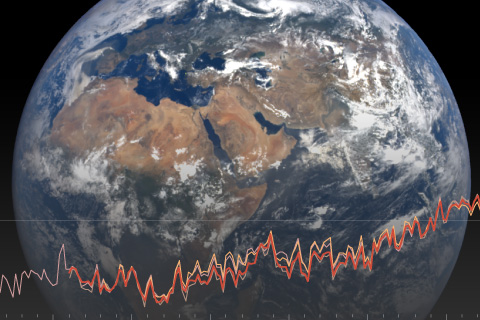
International, authoritative climate report states 2018 was the fourth warmest year on record.
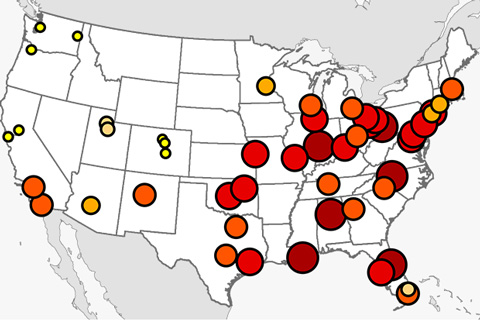
From extreme heat to infectious diseases, the impacts of human-caused global warming are a threat to human lives. According to the latest National Climate Assessment, thousands of lives could be saved in the U.S. by reducing greenhouse gases and improving resilience to climate change.
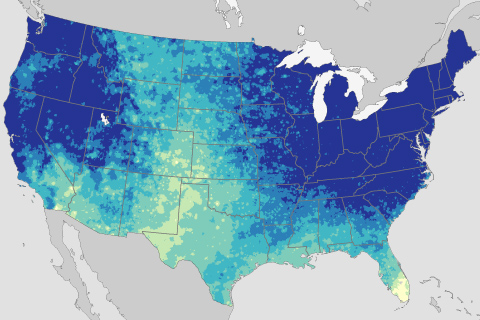
Extreme precipitation events have grown more frequent since the start of the twentieth century, and such events are likely to become even more frequent over the twenty-first.

Updated through 2023, this collection includes temperature and precipitation images for D.C., Alaska, and selected Hawaii stations.
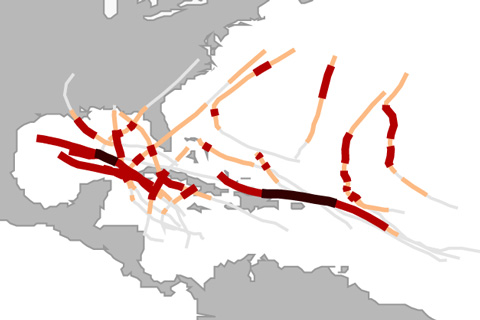
Pulled from the Fourth National Climate Assessment report published in November 2018, this FAQ explains what we know about the connection between global warming and Atlantic hurricanes.